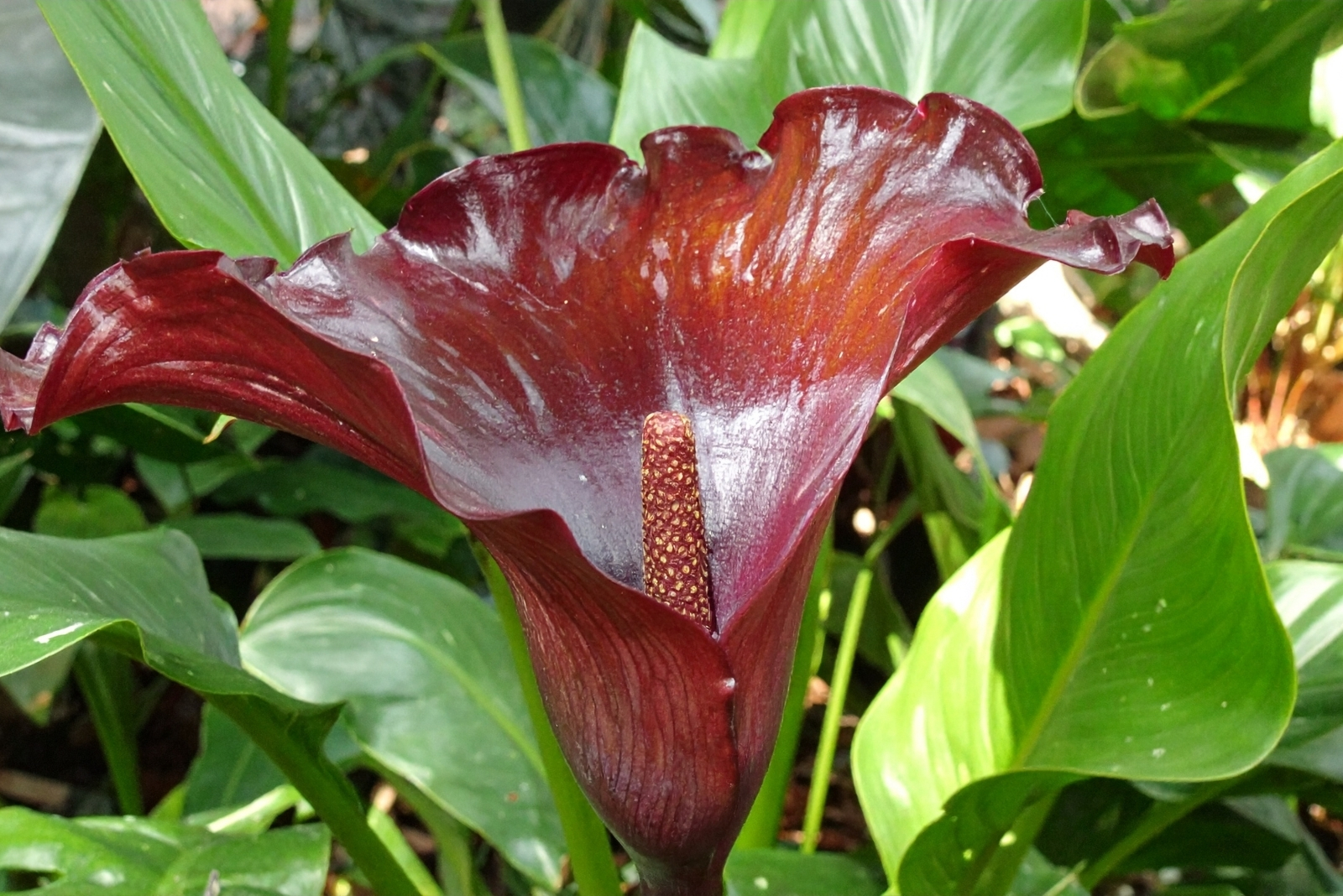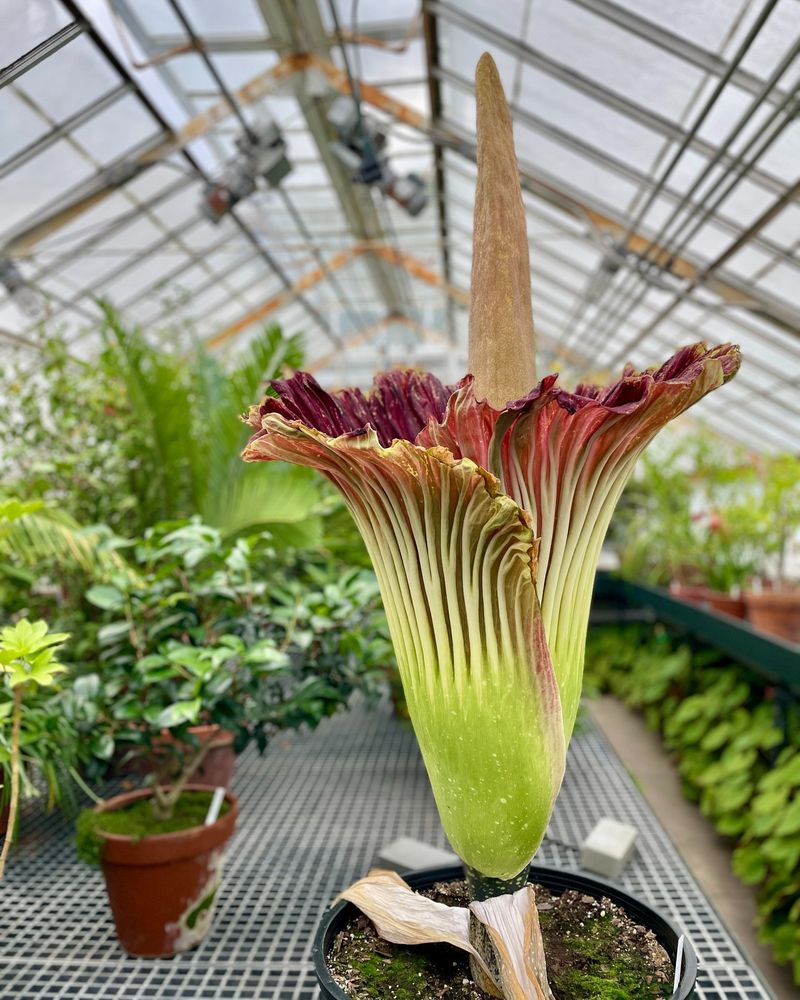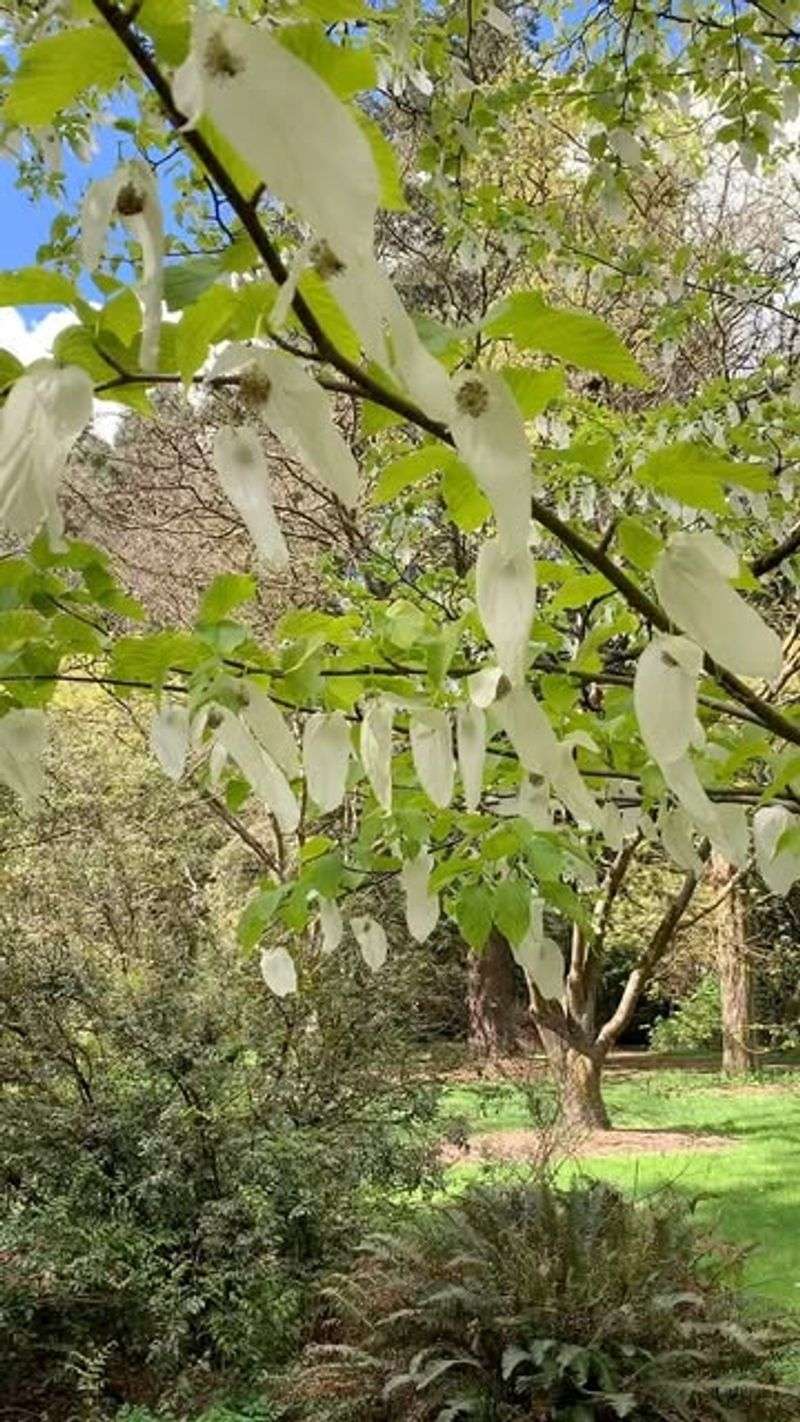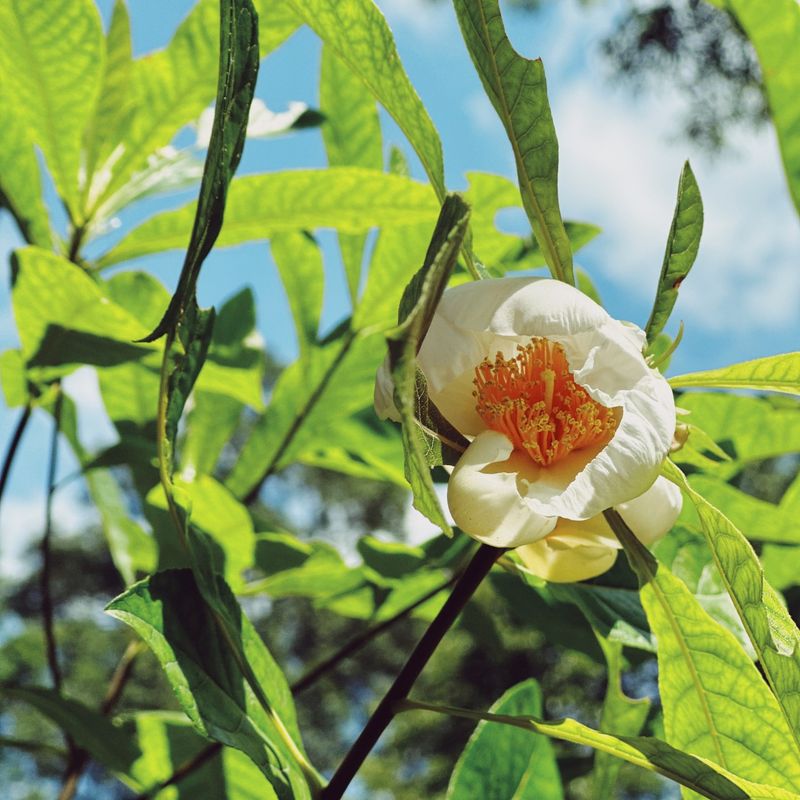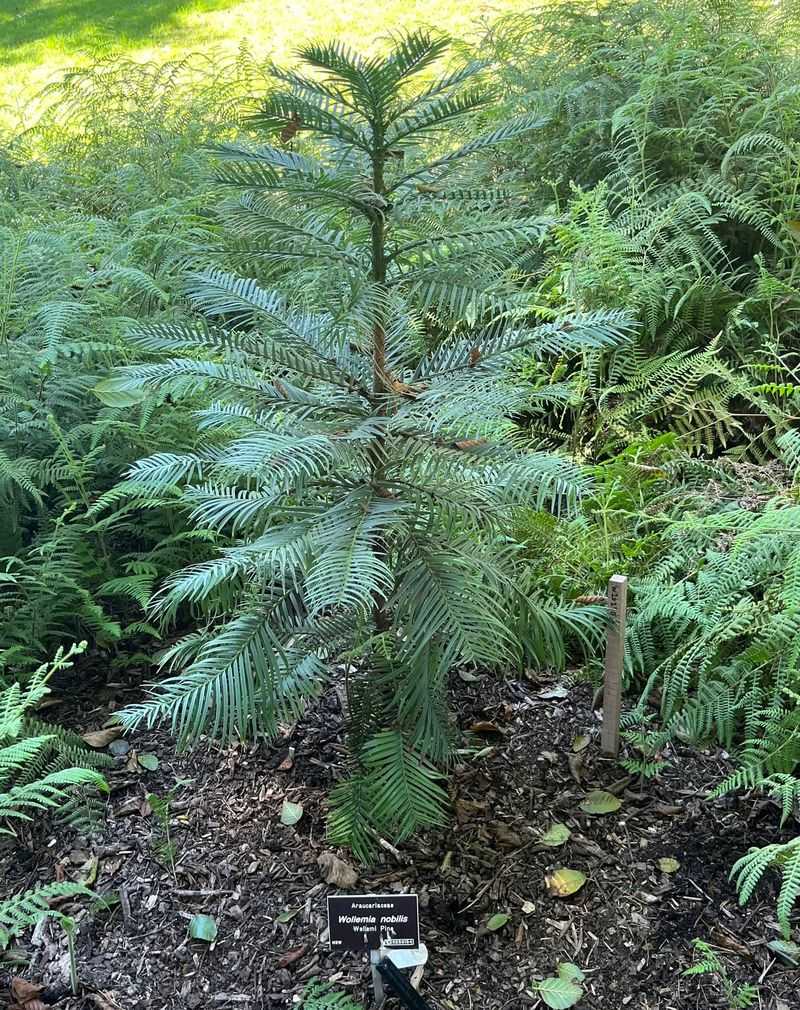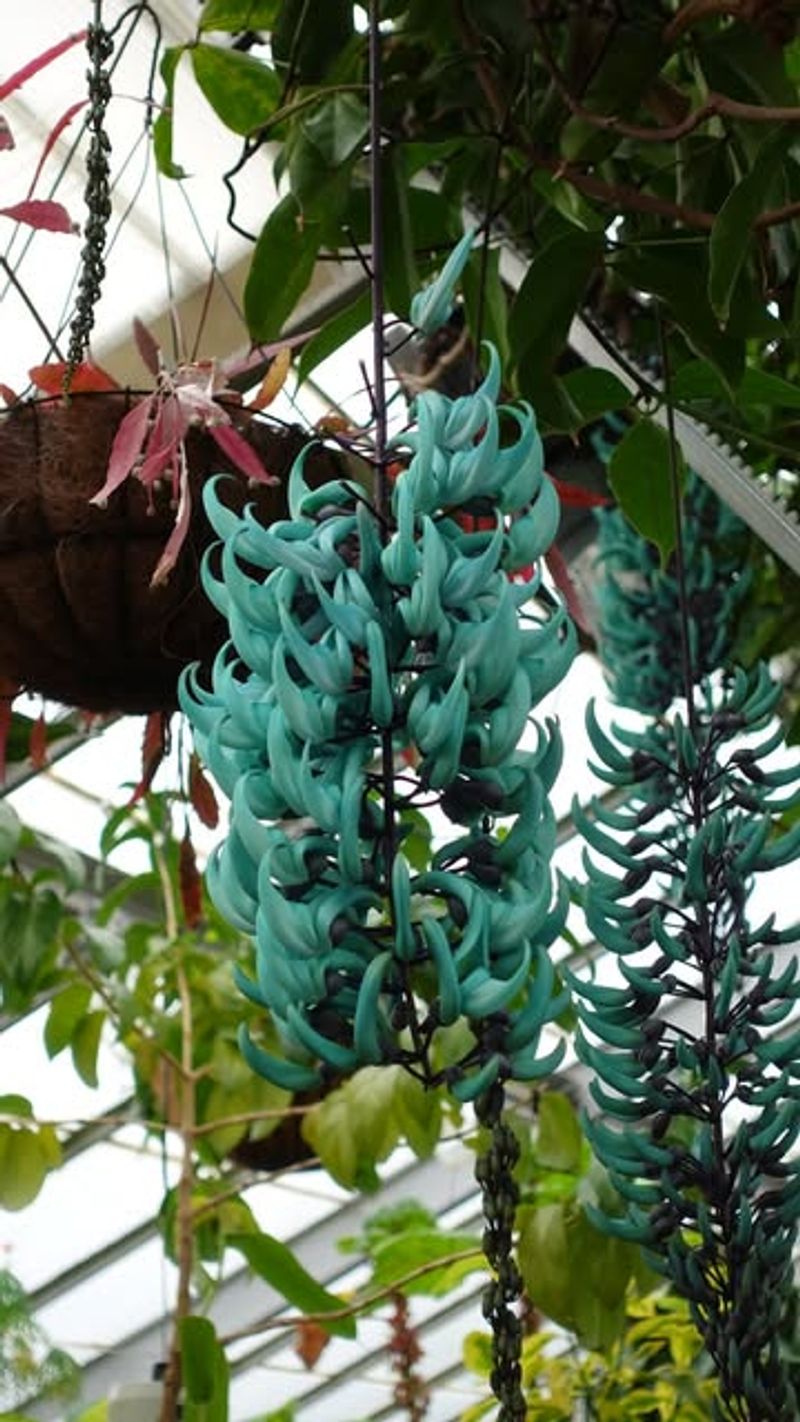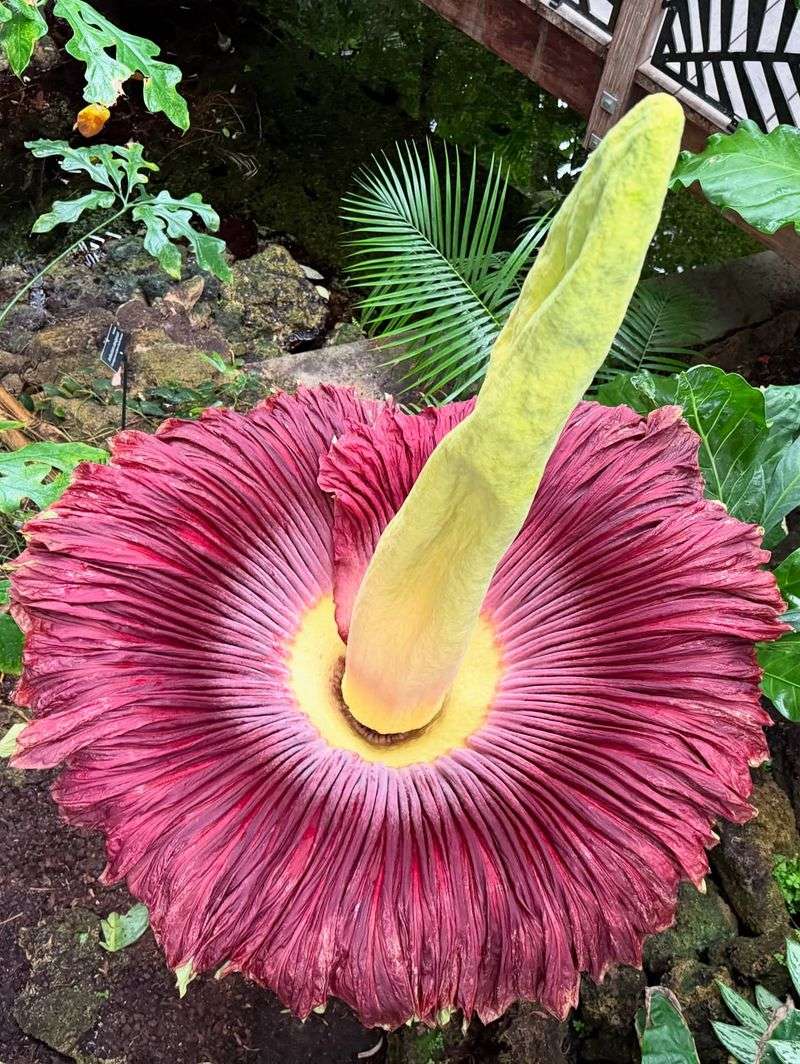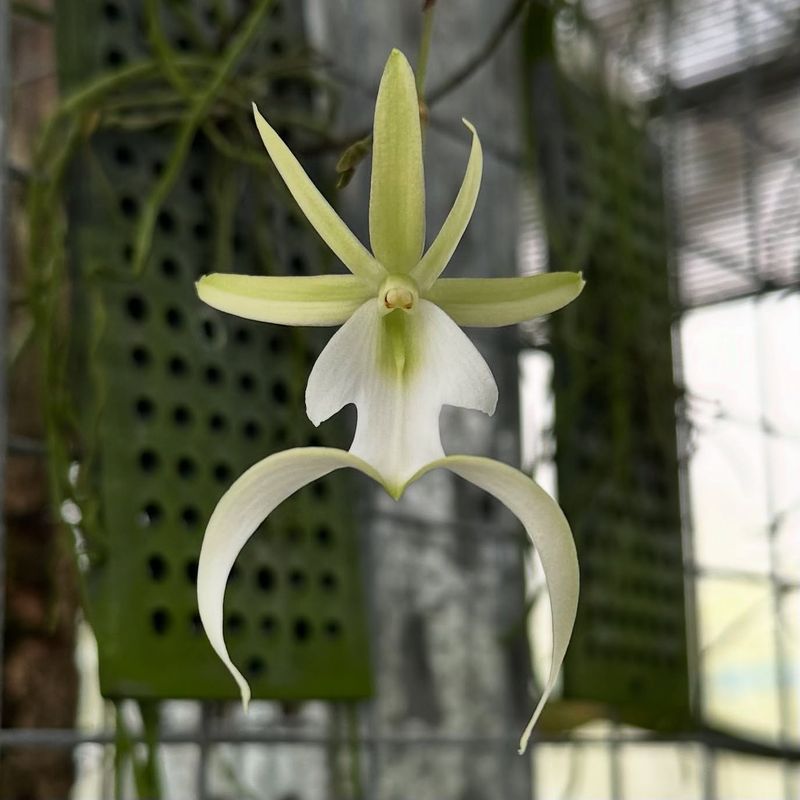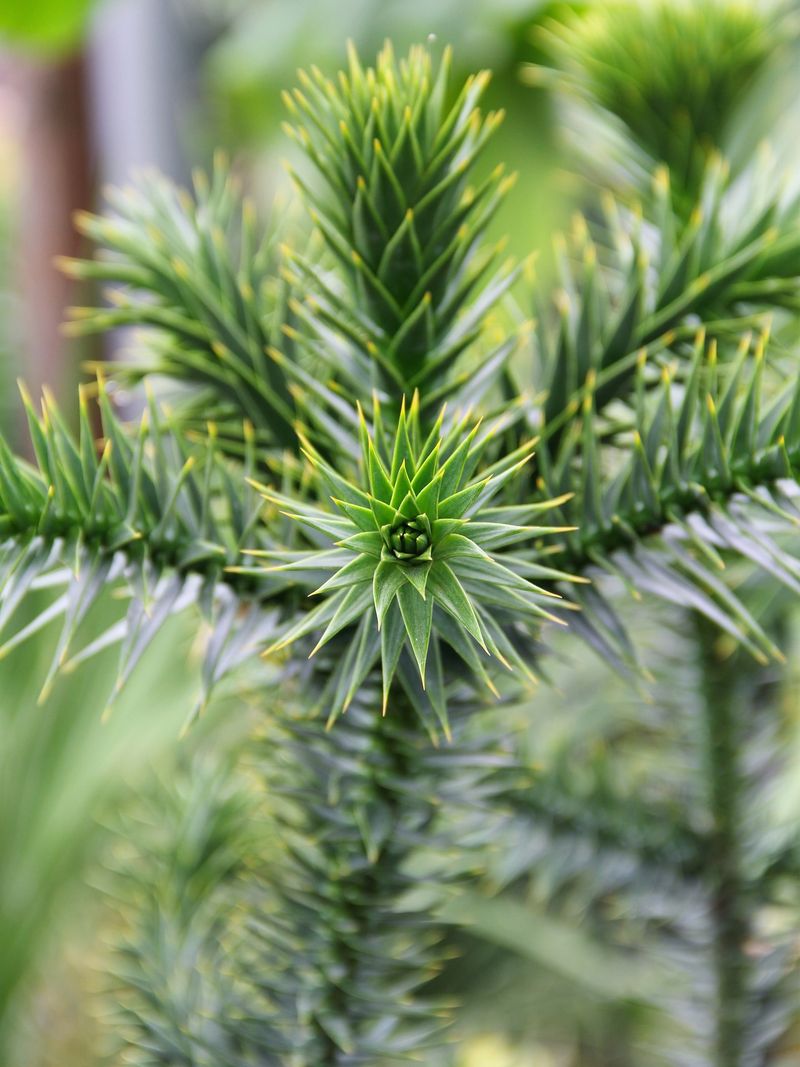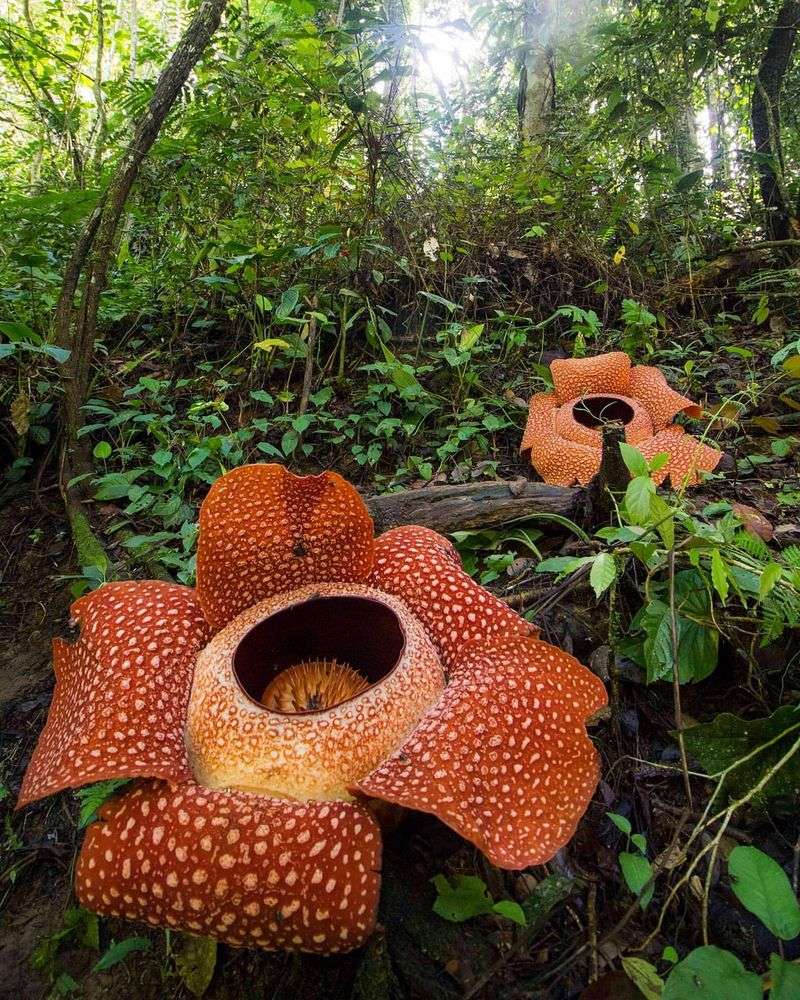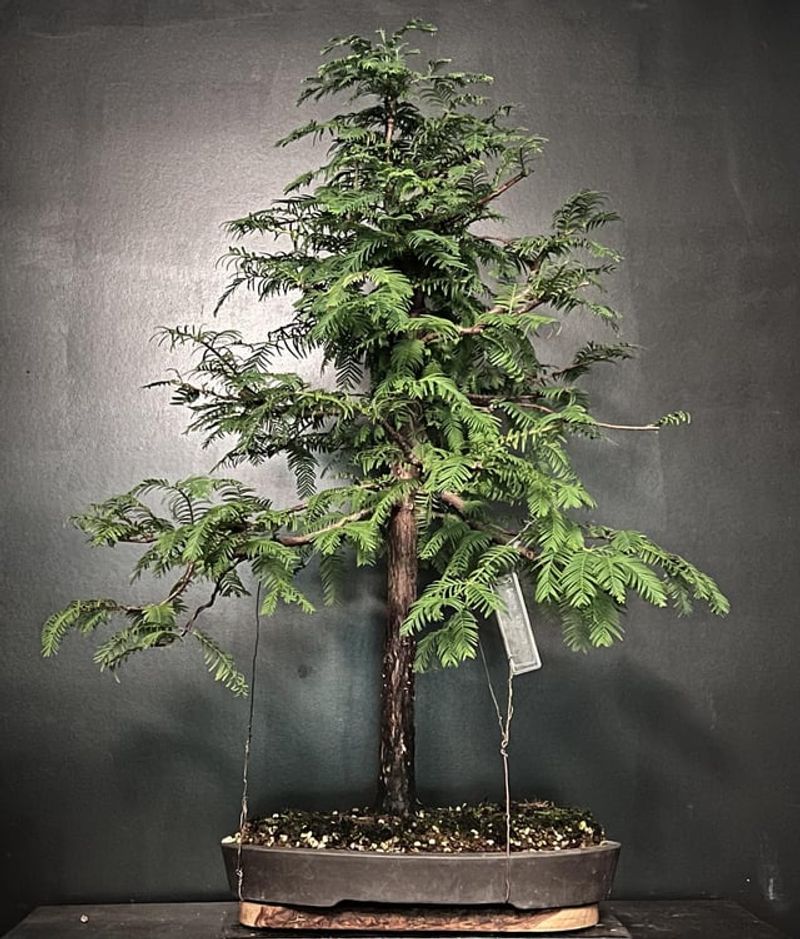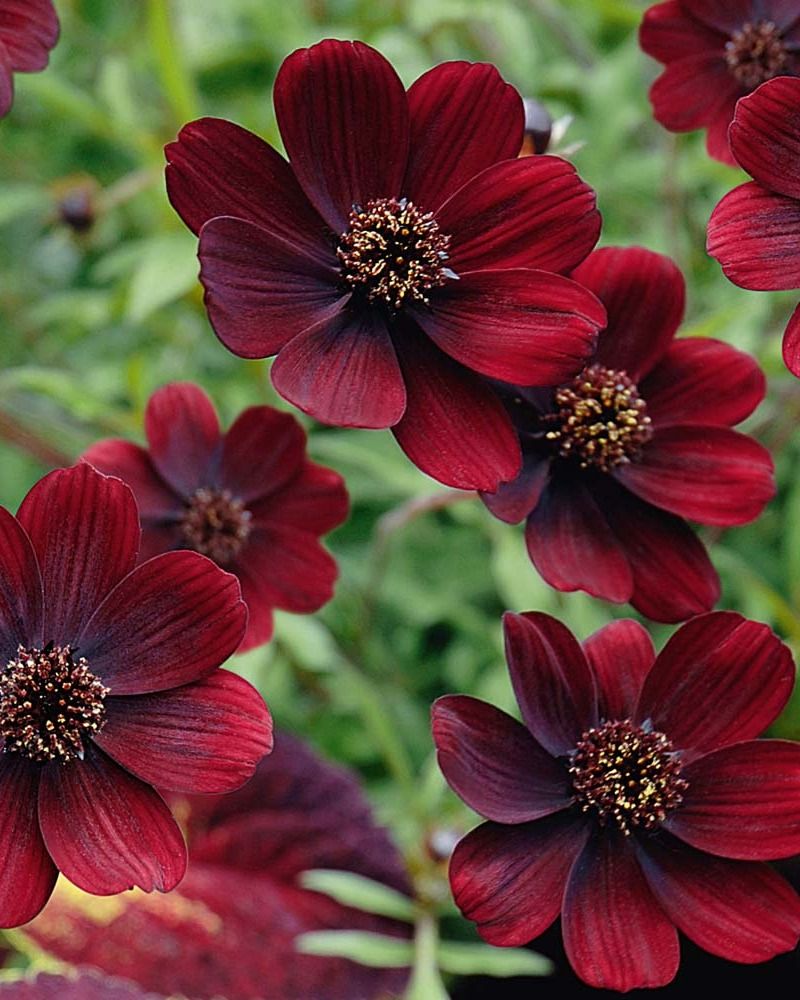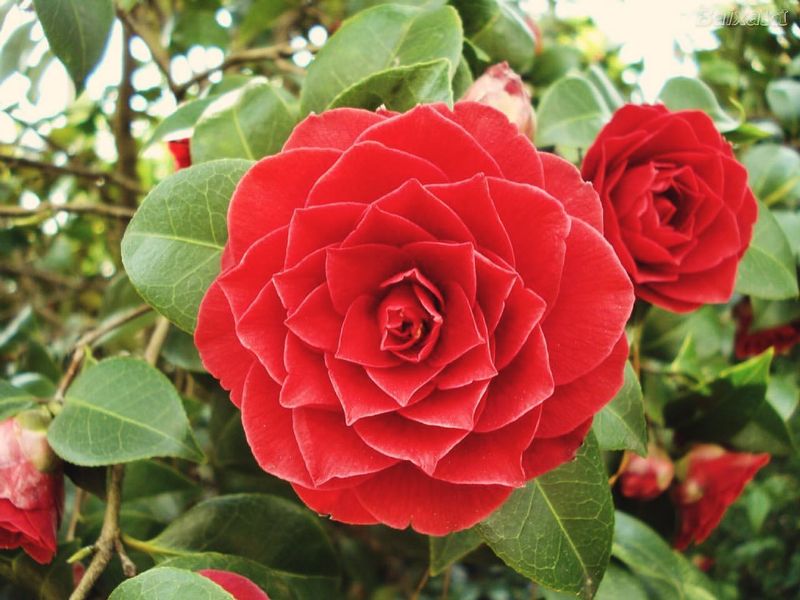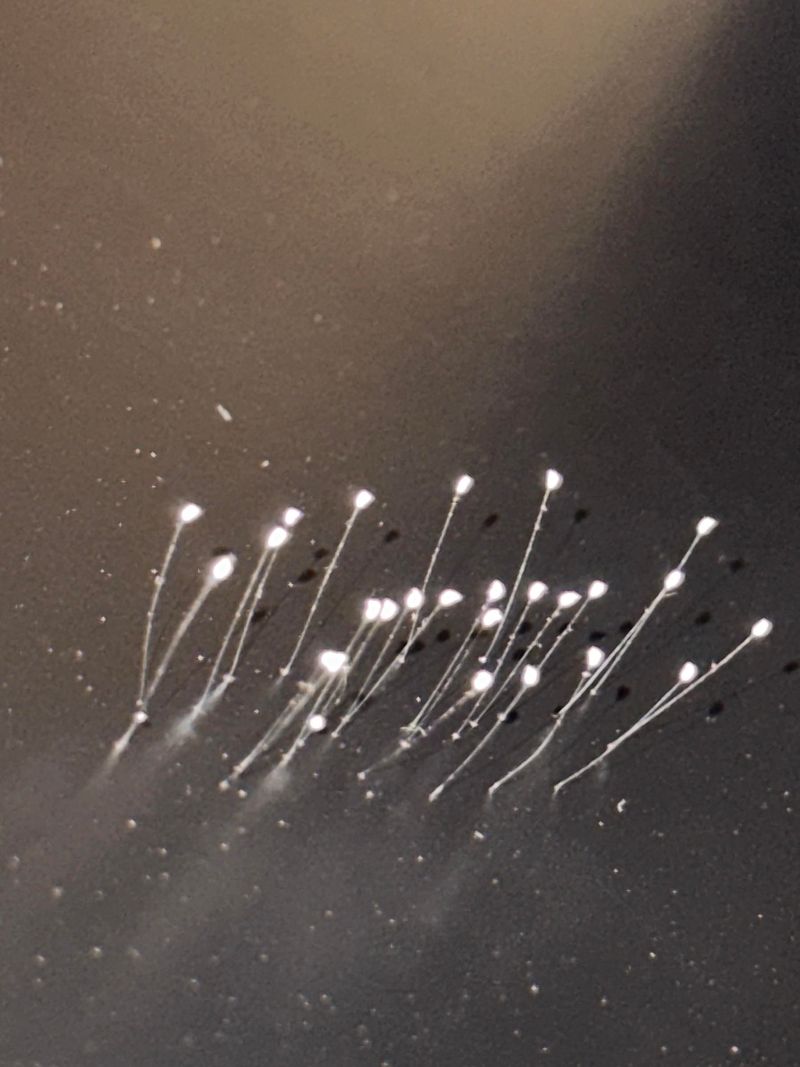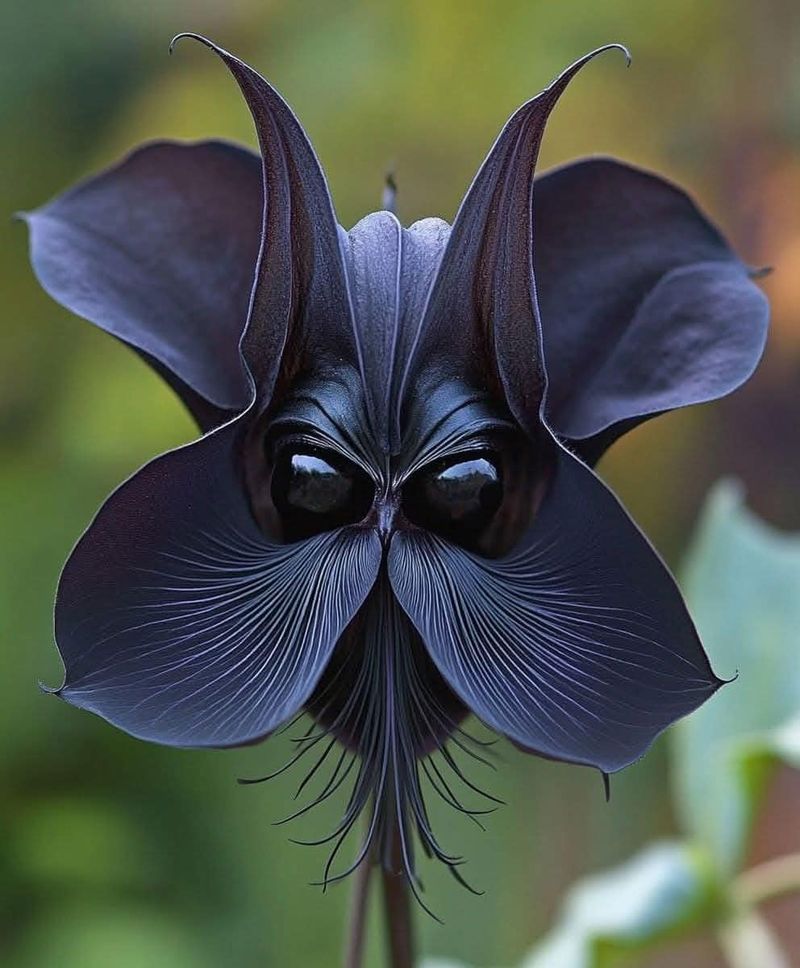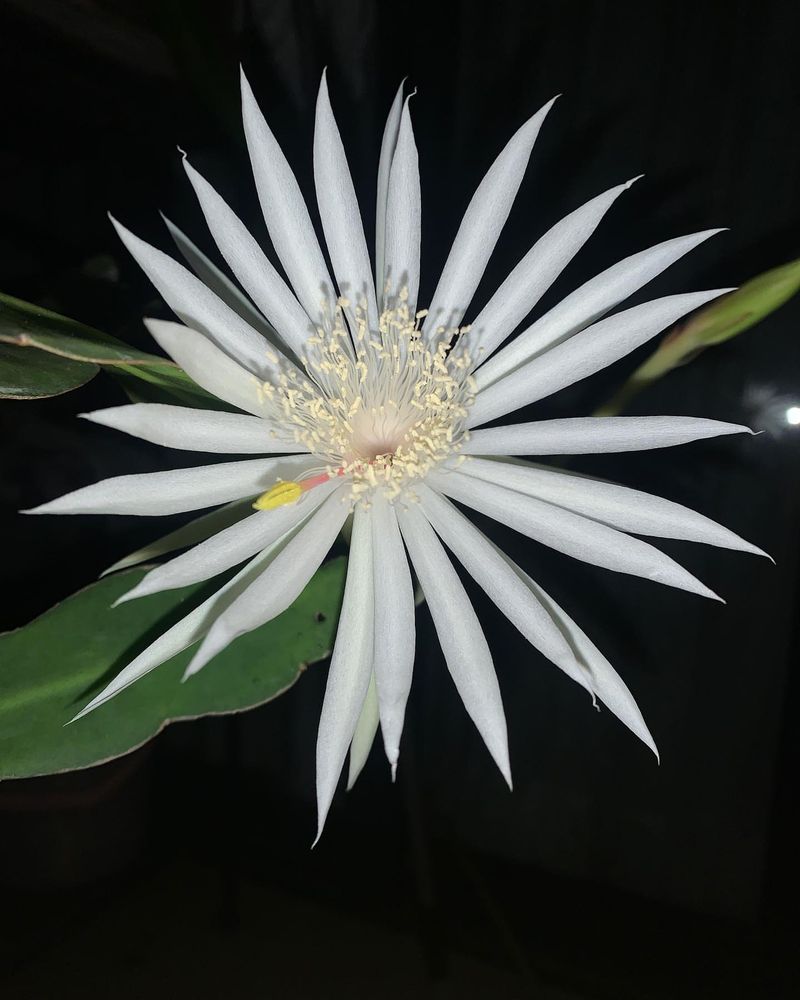St. Louis’ Missouri Botanical Garden is putting its rare plant collections on full display. Visitors can explore unusual species from around the world and learn about their unique care and habitats.
Expert guides share fascinating insights that make each plant’s story come alive. It’s a treat for both seasoned gardeners and curious nature lovers.
Step inside and discover plants you won’t see anywhere else.
1. Titan Arum
Known as the corpse flower, this giant blooms once every few years with a memorable stench of rotting flesh. Missouri garden visitors line up for hours when flowering is announced.
Native to Sumatra’s rainforests, Titan Arum can grow up to 10 feet tall. The Missouri Botanical Garden’s specimen attracts crowds despite its awful smell because blooming events are so rare and brief.
2. Japanese Dove Tree
White bracts flutter like doves when the breeze catches them, giving this tree its poetic name. Missouri garden visitors often stop in their tracks when they spot this living fossil.
Dating back 60 million years, this endangered species survived the ice age in central China. The Missouri Botanical Garden’s conservation efforts help preserve this ancient tree with its distinctive wing-like bracts.
3. Franklin Tree
Extinct in the wild since the early 1800s, this flowering tree survives only in cultivation. Missouri garden experts have carefully maintained their specimens as part of global conservation efforts.
Discovered by John Bartram in Georgia, all living Franklin Trees descend from his collected seeds. The Missouri Botanical Garden’s specimen showcases fragrant white camellia-like blooms that appear in late summer.
4. Wollemi Pine
Thought extinct for 200 million years until discovered in Australia in 1994! Missouri garden visitors can see this “living fossil” that dinosaurs once walked among.
Fewer than 100 mature trees exist in the wild. The Missouri Botanical Garden’s specimen helps ensure this prehistoric species’ survival through conservation programs that distribute saplings to botanical institutions worldwide.
5. Jade Vine
Hanging clusters of turquoise flowers seem almost unreal when you first spot them. Missouri gardeners have mastered the challenging growing conditions this tropical beauty demands.
Endangered in its native Philippines, the jade vine depends on bats for pollination. Missouri Botanical Garden’s climate-controlled conservatory provides the perfect environment for visitors to witness its otherworldly aquamarine blooms year-round.
6. Amorphophallus Titanum
Cousin to the Titan Arum, this spectacular plant produces the largest unbranched inflorescence in the world. Missouri garden staff monitor it constantly when blooming is imminent.
The flower can reach heights of six feet and emits a powerful stench to attract pollinators. Missouri Botanical Garden’s specimen draws crowds of curious visitors willing to brave the smell for a glimpse of this botanical wonder.
7. Ghost Orchid
Seemingly floating in air without visible means of support, these ethereal orchids captivate visitors. Missouri garden conservationists have recreated their specialized habitat perfectly.
Extremely rare in the wild, ghost orchids have no leaves and photosynthesize through their green roots. The Missouri Botanical Garden’s specimen showcases the plant’s ghostly white flowers that appear to hover mysteriously in their display case.
8. Monkey Puzzle Tree
Sharp, scale-like leaves cover every inch of this ancient conifer’s branches. Missouri garden visitors often wonder about its unusual name and prehistoric appearance.
Native to Chile, these trees can live over 1,000 years in the wild. The Missouri Botanical Garden’s specimen demonstrates why early British collectors claimed even monkeys would be puzzled trying to climb its intimidating branches.
9. Corpse Lily
Not actually a lily, this parasitic plant produces the world’s largest single flower. Missouri garden botanists carefully cultivate its host vines to support this botanical oddity.
Lacking leaves, stems or roots, it grows entirely inside its host plant. The Missouri Botanical Garden’s rare specimen emerges only to produce its massive red-brown flower that smells like decomposing meat to attract pollinating flies.
10. Dawn Redwood
Once known only through fossils, this tree was discovered alive in China in 1944. Missouri garden visitors can walk beneath living trees thought extinct for millions of years.
Deciduous conifers that shed their feathery leaves each fall, these fast-growing giants have thrived since planting. The Missouri Botanical Garden’s specimens showcase the species’ distinctive buttressed trunks and delicate foliage that turns russet before dropping.
11. Chocolate Cosmos
Deep burgundy flowers really do smell like chocolate when they bloom! Missouri garden visitors often do a double-take when they catch this sweet scent on the breeze.
Extinct in the wild, all chocolate cosmos are clones propagated from a single specimen. The Missouri Botanical Garden’s plants showcase the velvety dark red blooms that release their distinctive cocoa fragrance on warm summer evenings.
12. Middlemist Red
Only two known specimens exist in the world, making this camellia incredibly precious. Missouri garden experts have successfully propagated this living botanical treasure from cuttings.
Originally from China, it disappeared from its native habitat centuries ago. The Missouri Botanical Garden’s specimen showcases the plant’s perfect pink (not actually red) blooms that appear during winter months in the temperate greenhouse.
13. Youtan Poluo
According to Buddhist legend, these tiny flowers bloom once every 3,000 years. Missouri garden researchers confirmed they’re actually seed-bearing structures of a rare fungus.
Visible only under magnification, these microscopic “flowers” appear on Buddha statues. The Missouri Botanical Garden’s research department houses specimens of this botanical curiosity that blurs the line between myth and scientific discovery.
14. Black Bat Flower
Resembling a bat in flight, this orchid-like bloom features long whisker-like bracteoles that can grow to 28 inches. Missouri garden horticulturists have perfected the challenging growing conditions it requires.
Native to Southeast Asian rainforests, this unusual tacca species produces nearly black flowers. The Missouri Botanical Garden’s specimens showcase their dramatic appearance in the shadiest corners of the tropical conservatory.
15. Kadupul Flower
Blooming only at night and wilting before dawn, this cactus flower is considered the world’s rarest. Missouri garden night watchmen sometimes glimpse its fleeting beauty during midnight rounds.
Native to Sri Lanka, it’s called the “flower from heaven” in Buddhist traditions. The Missouri Botanical Garden occasionally hosts special nighttime viewings when their specimens are predicted to bloom, allowing visitors to witness this ephemeral miracle.

